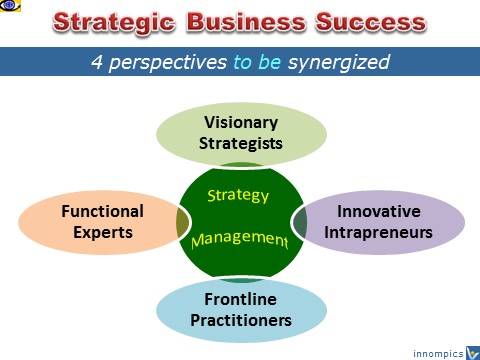
For firms involved in just a few, closely associated product/markets, a two- or three-stage planning framework may be entirely adequate. Even when additional planning levels are required, these corporations needn’t insert one other level of organizational hierarchy in order to plan shared assets or customer sector issues. Experience suggests, however, that it is important to acknowledge such points the place they exist and to assign specific planning duty to an acceptable individual or group in the group. The most significant way during which Phase III differs from Phase II is that corporate planners are expected to offer a number of options to high administration. Each alternative is often characterized by a different danger/reward profile or provides precedence to a special objective .
Human sources use numerous tools and applied sciences to achieve its goals, particularly in relation to strategic planning. These technologies embody but usually are not limited to social media, policies and management information techniques. Nearly two-thirds of responding firms mentioned that resilience is central to their organizations’ strategic process””both as a high priority or to an essential extent. Risk and insurance managers are strongly involved in resilience areas, including operational resilience and digital and know-how resilience. In addition to these two areas, finance and operations had been more typically cited by survey respondents as the four most important resilience areas. The executives revealed that in the past, their risk management focus was on a small variety of properly-outlined risks, primarily financial risks. They informed us that now, danger is encompassing the broader mandate of resiliency management.
This change is sort of pervasive; actually, one easy method of figuring out whether an organization has advanced to Phase III is to ask managers whether their boss would regard presenting technique alternate options as an indication of indecisiveness. As practiced by Phase II companies, however, portfolio analysis tends to be static and targeted on current capabilities, rather than on the seek for choices. And Phase II firms usually regard portfolio positioning as the end product of strategic planning, quite than as a place to begin. Nevertheless, Phase II improves the effectiveness of strategic choice making.
Among his contributions was the seminal idea that the purpose of a business is to create a customer, and what the shopper needs determines what a business is. Management’s major job is marshalling the sources and enabling employees to efficiently tackle prospects’ evolving needs and preferences.

Distinctive competence, a time period introduced in 1957 by sociology and legislation scholar Philip Selznick, focused on the thought of core competencies and aggressive benefit in strategic management concept. This enabled the creation of frameworks for assessing the strengths and weaknesses of a company in relation to the threats and opportunities in its exterior setting. The forms of strategic management strategies have modified over time. The trendy self-discipline of strategic administration traces its roots to the Nineteen Fifties and Nineteen Sixties. Prominent thinkers within the area embrace the Peter Drucker, typically known as the founding father of administration research.

